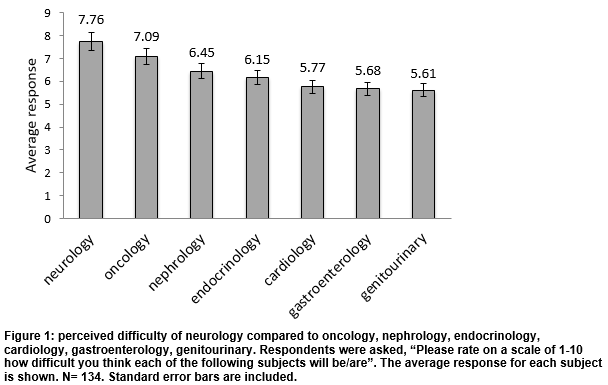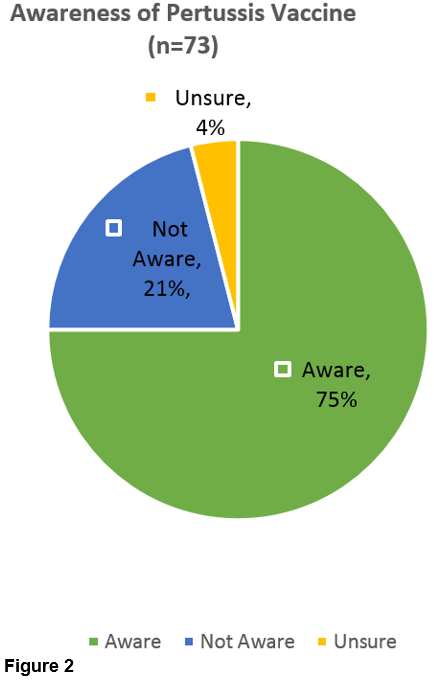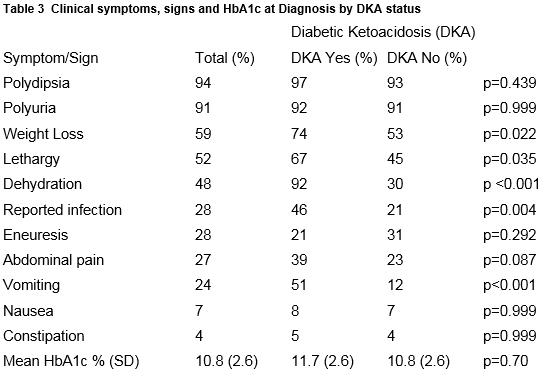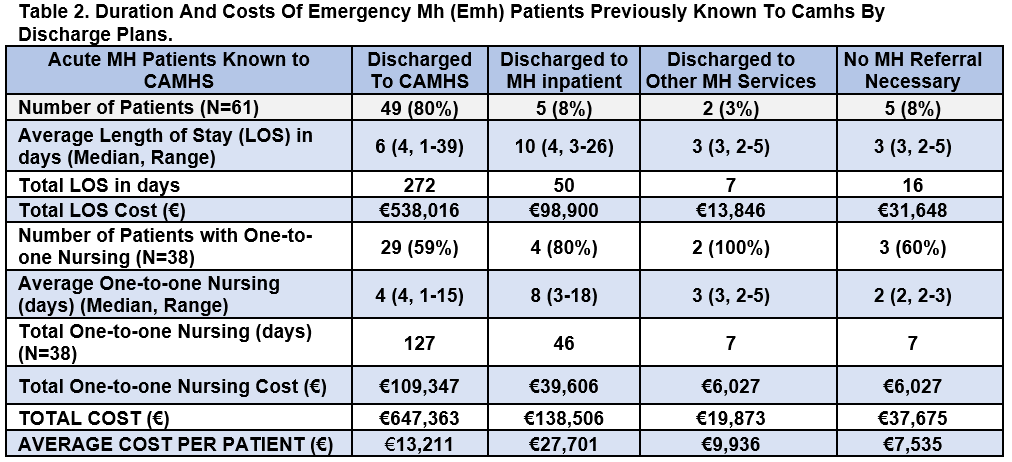This Month’s IMJ
March 2018 Vol 111 Number 3
IMJ Commentary
The Changing World of Doctors
JFA Murphy
Editor
Editorials
Aspirin In The Prevention Of Pre-Eclampsia: Where Are We Now?
Khalid A, Byrne B M.
New Frontiers in the Treatment of Spinal Muscular Atrophy
CL Power, DJ O’Rourke
Original Papers
Parental and Clinician Views of Consent in Neonatal Research
O’Shea N, Doran K, Ryan C A, Dempsey E
O’Shea et al studied the attitudes of parents and clinicians towards neonatal research. 79% of the parents had consented their baby to a study. The reasons that they consented were a desire to help future babies (97%) and a belief that it might help their baby (72%). Most parents (76%) were in not in favour of a waiver of consent.
Burnout and Physical Activity in Medical Students
P Macilwraith, D Bennett
Macilwraith and Bennett report that 44.8% of medical students have high levels of emotional exhaustion. 25.6% had high levels of cynicism and 51.2% had low levels of professional efficacy. 52.2% engaged in health-enhancing physical activity.

Caesarean Section at Full Dilatation and Risk of Major Obstetric Haemorrhage
V O’Dwyer, A Freyne, N Joyce, S Coulter-Smith
O’Dwyer et al examined the relationship between caesarean section at full dilatation and the amount of obstetric haemorrhage. There were 199 cases. The average estimated blood loss (EBL) was 665mls and 34 women had EBL>1L. The routine use of oxytocin infusion should be considered in addition to the standard bolus to reduce the risk of haemorrhage.
Survey of smartphone use among anaesthetists in Saolta University Health Care Group
M Alhomary, B. Kinirons
Alhomary and Kinirons surveyed the smartphone use among 95 anaesthetists. The majority held 1-5 apps. Drug and medical references were the most commonly used categories.

“Neurophobia”: more nurture than nature?
Conway S, Tubridy N
Conway and Tubridy state that neurophobia is the fear of neurology experienced by medical students. The authors surveyed the attitudes of 137 students towards neurology. 20% of preclinic students, 26% of early clinical students, and 56% of clinical students stated that they would not consider neurology as a specialty. Neuroanatomy and neurophysiology were considered the most difficult aspects. The authors state that neurophobia is acquired rather than innate. A continued revision of teaching methods is urged.

Structuring Diabetes Mellitus Care in Long-Term Nursing Home Residents
D Fitzpatrick, ES Ibrahim, S Kennelly, M Sherlock, D O’Neill
Fitzpatrick et al report that among 44 long-term nursing home residents there were 11 patients with type 2 diabetes. Diabetes care was delivered in ad hoc fashion without individualized care plans, glycaemic targets, monitoring of complications, or formal screening on admission.
An Audit of Neural Tube Defects in the Republic Of Ireland for 2012-2015
McDonnell R, Delany V, O’Mahony MT, Lynch C, McKeating A, Monteith C, Turner MJ
McDonnell et al found that the overall rate of neural tube defects (NTDs) was 1.05/1000 compared to 1.04/1000 in 2009-11. There were 121 cases of anencephaly, 136 cases of spina bifida, and 31 cases of encephalocoele. Over the last decade there has been no reduction in the number of NTDs. Voluntary food fortification measures have been unsuccessful.
Factors that Influence Uptake of Vaccination in Pregnancy
Hallissey, R, O’Connell, A, Warren, M
Hallessey et al report on 88 antenatal patients attitudes towards vaccination in pregnancy. 95% were aware of the ‘flu vaccine, 75% were aware of the pertussis vaccine. Many are unsure about vaccination safety. 91% consider their GPs advice on the matter to be reliable.


Single Centre Experience – Clinical Presentation and Frequency of Paediatric Diabetic Ketoacidosis (DKA) at Diagnosis over a 5 year period
McKenna A, Sandys N, Ryder K, Metwally, N, Brennan A, O’Regan M, Hoey MCV, Roche EF.
McKenna et al report on 136 children with diabetes. 28.7% of children had DKA at diagnosis. The commonest symptoms were polydipsia, polyuria, weight loss, and lethargy. The median duration of symptoms was 17 days.

Hidden Costs in Paediatric Psychiatry Consultation Liaison Services.
C Kehoe F. McNicholas
Kehoe and McNicholas report that over 12 months 105 children were admitted from the emergency department with acute mental health symptoms. The average length of stay was 6 days. The cost per child was €12,684, the total amount being €1,216,470. Demand outweighs availability, the default often being a paediatric admission

Case Series
The challenge of integrating care in dual diagnosis; Anti-NMDA-receptor encephalitis; presentation and outcome in 3 cases referred for Complex Specialist Rehabilitation Services
A Carroll, M Delargy
Carroll and Delargy state that anti-NMDA-receptor encephalitis present with significant psychiatric symptoms followed by progressive neurological deterioration. The authors describe the integrated care pathway in 3 patients suffering from the condition.
Case Report
Methaemoglobinaemia: A Blue Light Emergency
S Uí Bhroin, R McNamara, E Kidney
Ui Bhroin et al describe a case of methaemoglobinaemia in a patient who had taken poppers (volatile nitrites-amyl, alkyl, butyl, isobutyl). At presentation her oxygen saturation was 74% in 100% oxygen. She was treated with methylene blue 1mg/kg IV. She made a full recovery

Short Reports
A Cluster of Paediatric Invasive Group A Streptococcal and Chicken Pox Infections
C Ó Maoldomhnaigh, K Butler, P Gavin.
O’Maoldomhnaigh et al report 10 cases of group A streptococcal infection (GAS) of whom 7 had chicken pox. 6 children required PICU admission. The authors highlight the significant morbidity associated with invasive GAS. Fever persisting beyond 5 days or recurrent secondary fever was typical in cases of GAS complication chicken pox.

Diversion of mentally ill offenders from the criminal justice system in Ireland: comparison with England and Wales.
G Gulati, BD. Kelly
Gulati and Kelly point out that Irish prisoners have high rates of mental illness in keeping with that in other countries. The authors found that in Ireland there is little or no specialist psychiatric expertise available to Gardai. There is limited scope to divert to hospital at sentencing stage in the absence of a ‘hospital order’ provision.

Bacteraemia in the ED: Are We Meeting Targets?
N Borhan, F Borhan, C Ni Cheallaigh, B Dinesh, K O’Reilly, A Moughty
Borhan et al examined the clinical data on 53 ED patients with positive blood cultures. Non-adherence to antimicrobial guidelines resulted in 68% of organisms covered by the antibiotic. Adherence to antimicrobial guidelines resulted in 87% of organisms covered by the antibiotic. Targets of administration of IV fluids and antibiotics within 1 hour are frequently missed.


